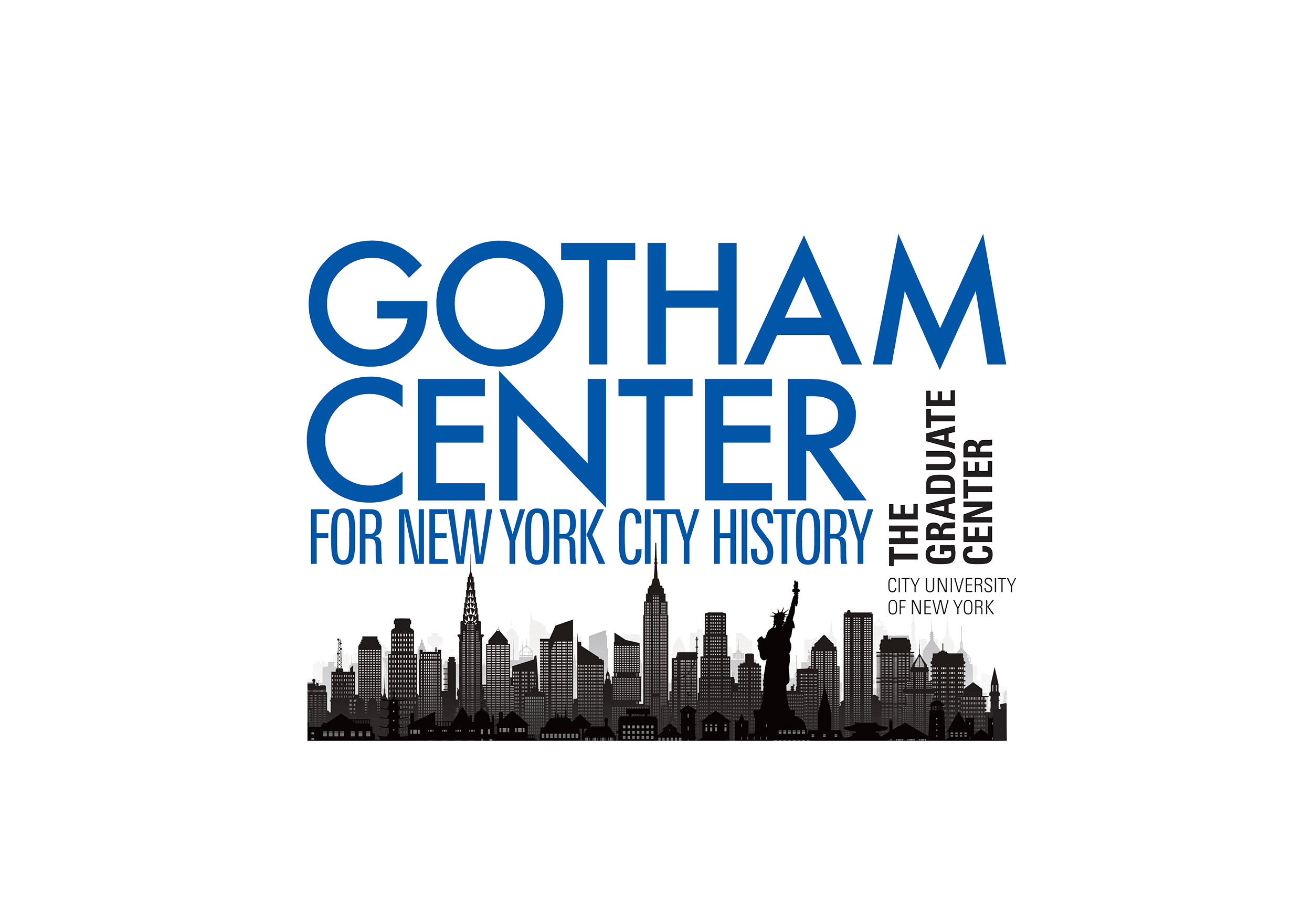Babel in Reverse: A History of Linguistic Diversity in Greater New York
Babel In Reverse
Linguistic Diversity in Greater New York
by Ross Perlin
No city in the world — no city in the history of the world — is as linguistically diverse as the New York metropolitan area of the early 21st century. Over the past decade, the work of the Endangered Language Alliance, culminating in the Languages of New York map, has decisively demonstrated how far this diversity goes beyond any official reckoning, identifying over 700 language varieties and counting with at least a few speakers and in many cases large communities. This represents over 10 percent of global linguistic diversity, with the largest numbers from Asia and Africa but every region included — with many of the languages being primarily oral, little-documented, and highly endangered.
This digital exhibit, Babel in Reverse, is the companion piece to my book on New York and its languages, forthcoming with Grove Atlantic in 2024. Here the focus is on the city’s largely untold linguistic history, spotlighting linguistic diversity as a constant, crucial through line of New York’s history (as in so many cities). So often language is taken for granted, with a total, unconscious bias towards the dominant languages(s) — in this case English, but also to a lesser extent Spanish, Mandarin, and others. Likewise is “the city” often seen only as the historic core (in this case Manhattan) when in fact both Indigenous and immigrant diversity have thrived and continue to thrive in both the outer boroughs and the wider region.
There are few if any linguistic histories of any city, though language is the indispensable lens revealing the deep dynamics of immigration and diaspora, genocide and displacement, the whole web of tangled inheritances that make a city tick. The following chapters, with images and recordings interspersed, attempt to fill this gap with a surfeit of names and details — a fast-paced overview and a way in to a sonic portrait of a city, but for once with its least-known languages turned up loudest.
Minority Port
The expulsion and dispossession of Lenape people began a process that ultimately, by a tragic irony, would make the city into a haven for peoples fleeing other parts of the world. Lenapehoking was Lenape, but New Amsterdam would only ever partially be Dutch. New York would never be completely English. Nor is the city exactly American.
Survivor City
New York has long been a center of survival, a place for decimated communities to regroup and rebuild. Survivors of colonization, genocide, and enslavement and their descendants still form a substantial portion of the population — whether from the late Ottoman empire, the Soviet Union, the Nazi Holocaust, or the American South.
Indigenous Metropolis
Since the mid-20th century, however, a new Native New York of unprecedented diversity has come into being. Nowhere else today is such a wide range of Indigenous American languages known and used to at least some degree, even if all of them are even more highly endangered than immigrant languages arriving from Europe, Asia, and Africa. Yet the Native city remains little documented or known to outsiders.
Global Microcosm
Today’s city is ever more a microcosm of the world in all its linguistic diversity, yet still a very particular one. It was the Hart-Celler Immigration Act of 1965 that decidedly reopened New York to the world. What was true earlier of European New York — the presence not only of all major national languages but also, disproportionately, of many linguistic minorities — became true for Latin American New York, Asian New York, Caribbean New York, and African New York.
Future Tense
Between closing borders, changes in immigration policy, language and culture loss everywhere, and the rising costs of city life, linguistic diversity in New York is under threat. From 2016 a string of emergencies began for many of the city’s multilingual immigrant communities, culminating in a pandemic where they were immediately among the hardest hit. Language access and interpretation became significant factors, as speakers of less common languages found themselves at what could be a life-or-death disadvantage.







